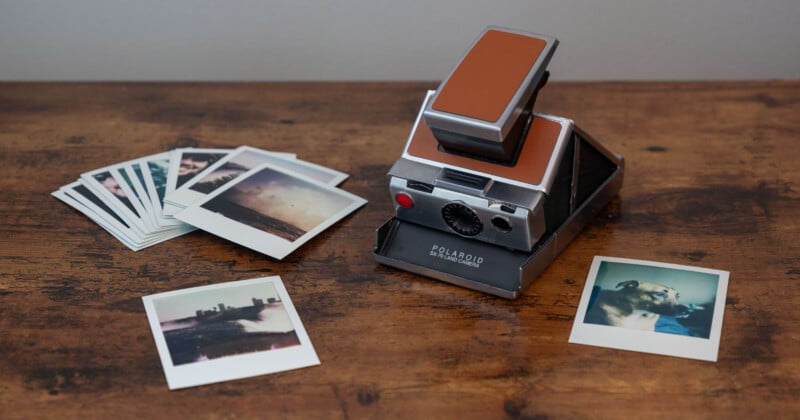
Although Milwaukee-based Retrospekt has expanded beyond photographic equipment, into vintage VHS tapes, games, watches and even music, it is best known for its analog cameras and films, especially his Polaroid equipment.
While Retrospekt sells Polaroid film and new cameras, some of which feature fun collaborations, like Barbie, Peanuts, Sanrio, etc., it also refurbishes, repairs and resells vintage instant cameras. This is where my path crossed with Retrospekt, as the company was kind enough to send me a refurbished Polaroid SX-70 terrestrial camera with a 600 film conversion.

Instant photography is instantly fun
This was an exciting experience for me for several reasons, not the least of which is that I’m not making a film. I occasionally used a disposable 35mm camera as a kid in the late 90s and early 2000s, but it’s been more than a decade since I last shot analog photography.
I have also never shot with an instant camera of any kind. When I was a teenager, the instant camera craze hadn’t happened, so I missed the boat on the resurgence of instant photography. Although cinema is alive and well today, my entry point into photography was when it was dying. I almost entirely missed the film’s opening night; so far I’ve also missed his revival.
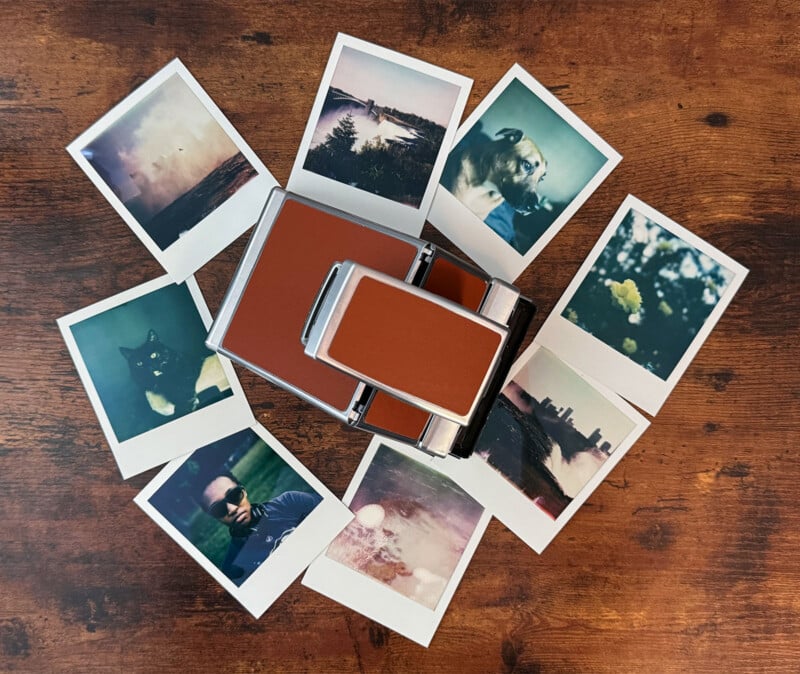
What it’s like to use a vintage camera in the modern age
As for the SX-70 itself, it’s a legendary folding camera about the size of a consumer paperback when folded, although a bit heavier. It’s elegant, but the magic happens when he undergoes a transformation that would make Optimus Prime green with envy.
With a quick pull of the folding viewfinder, the SX-70 springs to life, ready for action. Once open, users can look through an optical viewfinder and adjust focus and exposure compensation using a pair of dials.
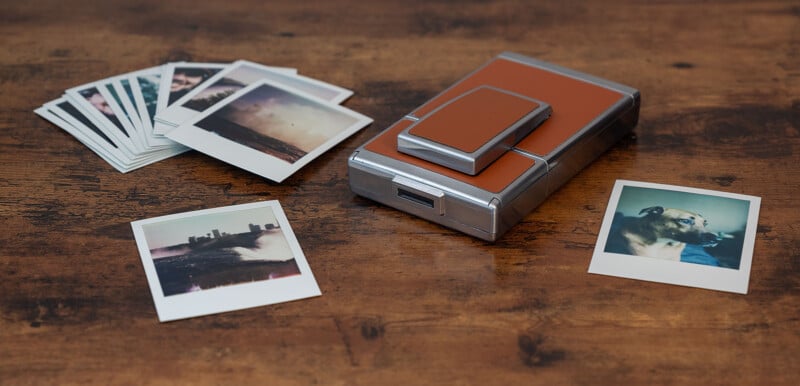
Everything looks so new that it would be easy to think the camera is truly new rather than having been built between 1972 and 1981. It’s only when you load the film that you see a small Retrospekt sticker on the back. ‘interior. Sure, the camera’s sleek packaging bears the Retrospekt name, but the camera itself looks like it was transported through a time machine from a Polaroid factory in the 1970s.
While there’s an alluring charm to using an old camera that’s practically like new, there are a few things that show the camera’s age. The viewfinder isn’t great. It’s difficult to frame and focus, and even when the focus is perfect, it’s a little blurry. There’s also the lens, a 116mm f/8 four-element glass optic. It is GOODbut the image will never be very sharp even if you focus, which is not easy.
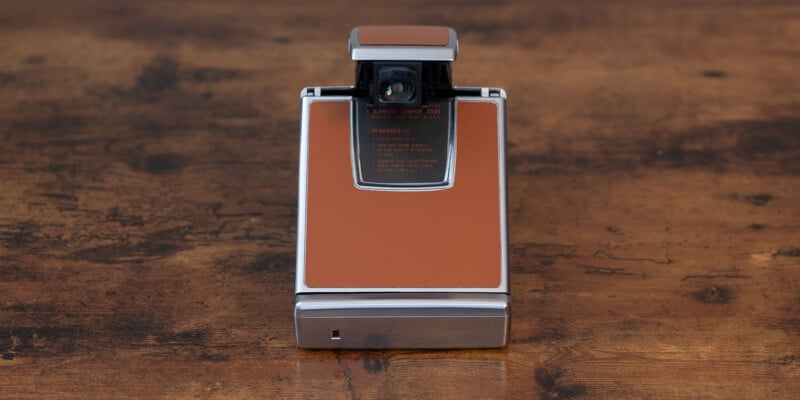
But that’s also part of the fun. I wish the viewfinder was better, but I’m not convinced a better lens would make the SX-70 a better camera overall. There’s something to be said for the relative blurriness of images. If I want something clinically cutting edge, I have other tools I can use. But if I want to take a photo, hear the roar of an engine, hold an image in my hand and watch it develop from empty space to a photograph.
There is one downside to the SX-70 experience. Although I think the $379 price for the refurbished camera is reasonable considering the amount of work it takes to get old cameras back into tip-top condition – plus an extra $50 if you want the 600 film conversion – shooting instant film is not a cheap business in the long run.
Polaroid 600 film costs about $20 per pack, and each pack contains eight photos. I looked through a few packages and quickly realized, “Wow, I really need to think about how I use this camera.” » For a camera that’s this fun to use and would definitely attract a lot of attention among friends and family, it’s easy to imagine spending $60 or more on film in a very short period of time. There’s a strange juxtaposition between a camera that’s so fun to use and so expensive to shoot that I have to be careful.
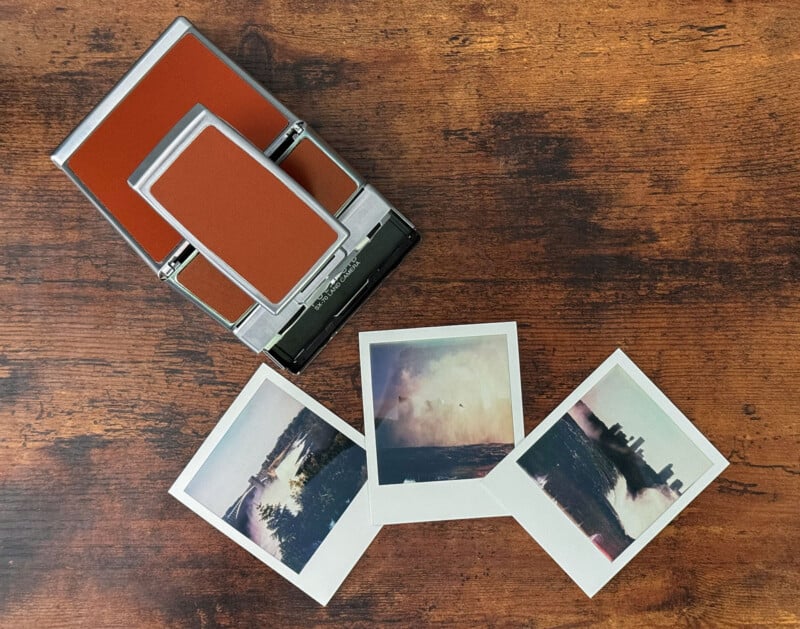
How Retrospekt Carefully Revives Vintage Cameras
While the SX-70 itself is interesting and I had a lot of fun using it, I’m even more interested in how Retrospekt breathes new life into old cameras, giving them a second chance at make a first impression on photographers.
There is something truly special about taking old cameras with worn and broken parts and giving them a fresh coat of paint that is completely indistinguishable from if I had walked into a camera store in the 1970s to buy a brand new SX-70. It is a labor of love and expertise.
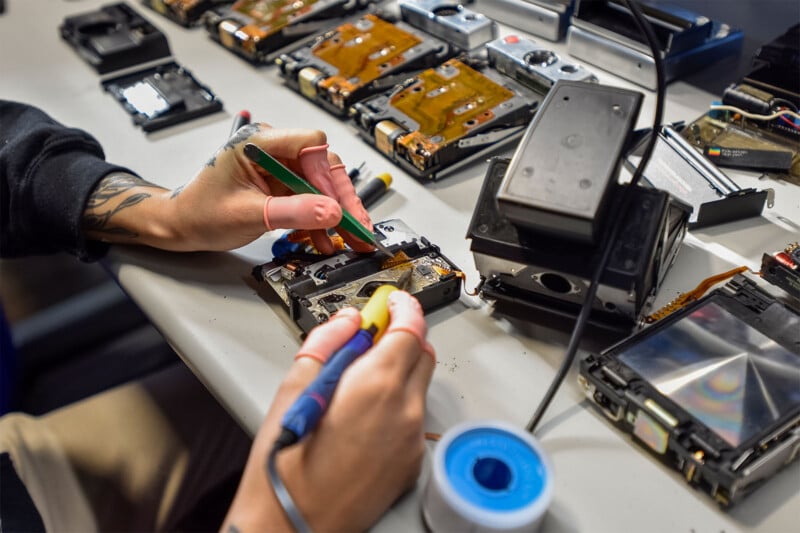
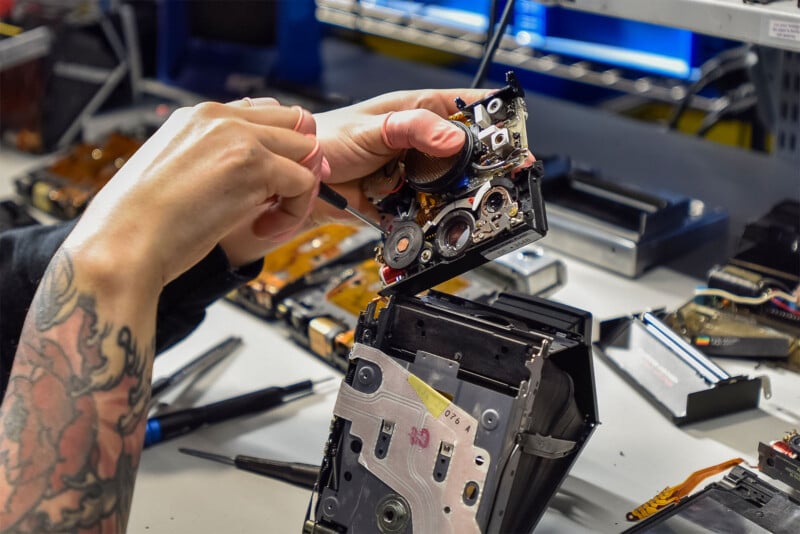
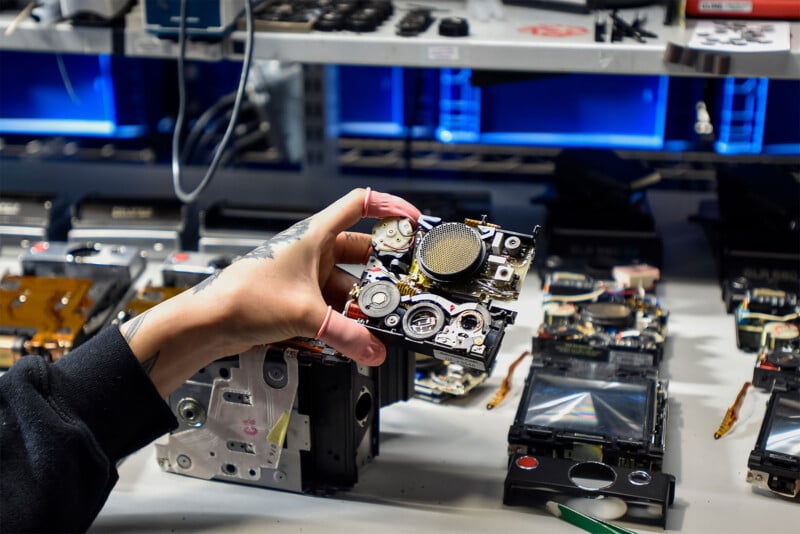
Retrospekt’s technicians, some of whom have been there since the very beginning, have perfected their craft with the help of some original Polaroid team members and old manuals they’ve discovered over the years. In some cases, the team developed new methods to solve common – and not so common – problems and even designed and manufactured entirely new parts.
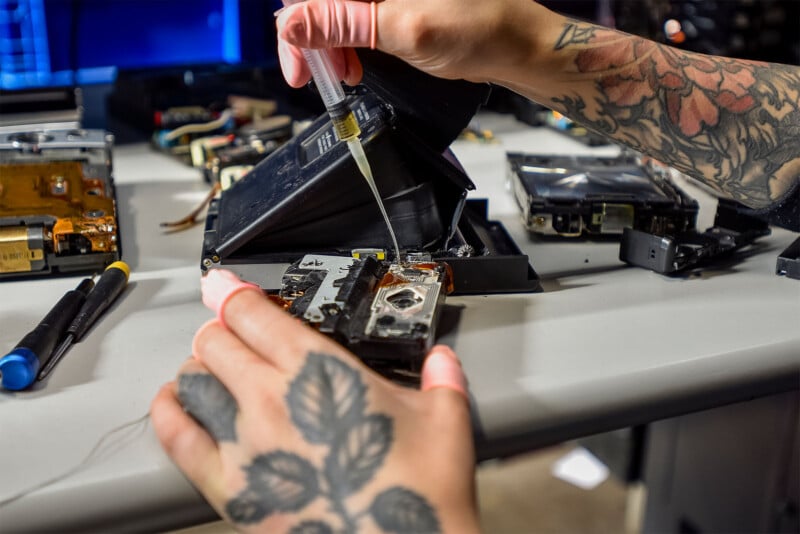
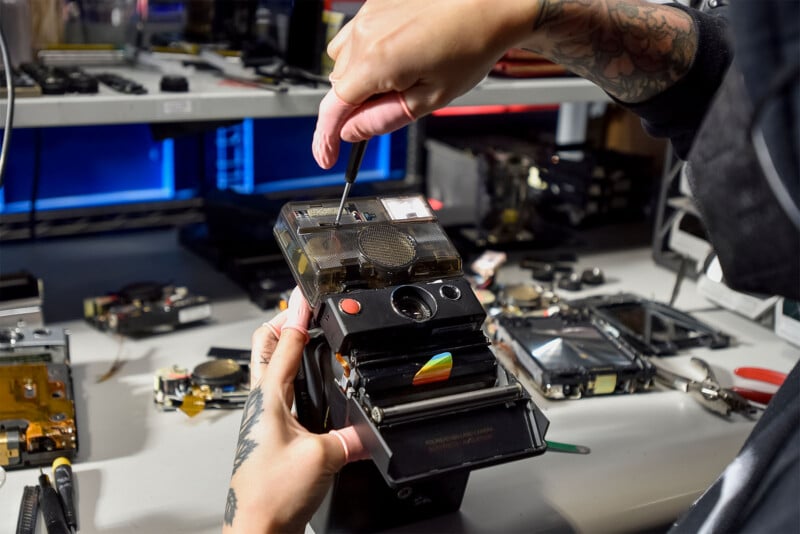
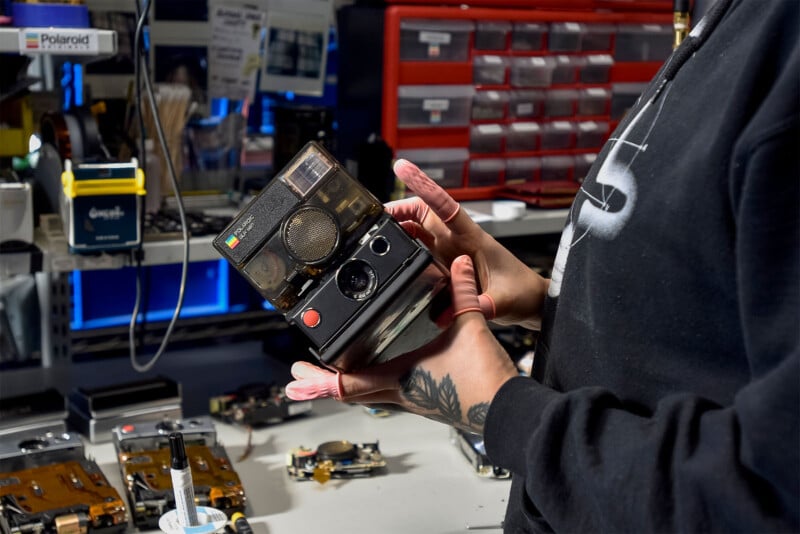
This is easy to overlook because “refurbishing” an old camera, whether it’s the SX-70, a Model 230 Packfilm Land Camera, a Polaroid 600 or something else, is much more than doing some cleaning, greasing some metal and throwing the camera in a new box. Cameras must be disassembled and inspected, and parts that are outright broken or failing must be repaired and replaced. Retrospekt says it takes about a year to train new technicians to refurbish the cameras it sells.

Keeping the past alive
While I love the SX-70 and find this experience a fun diversion from my typical digital photography workflow, I also appreciate the fact that I’m not the first owner of this camera.

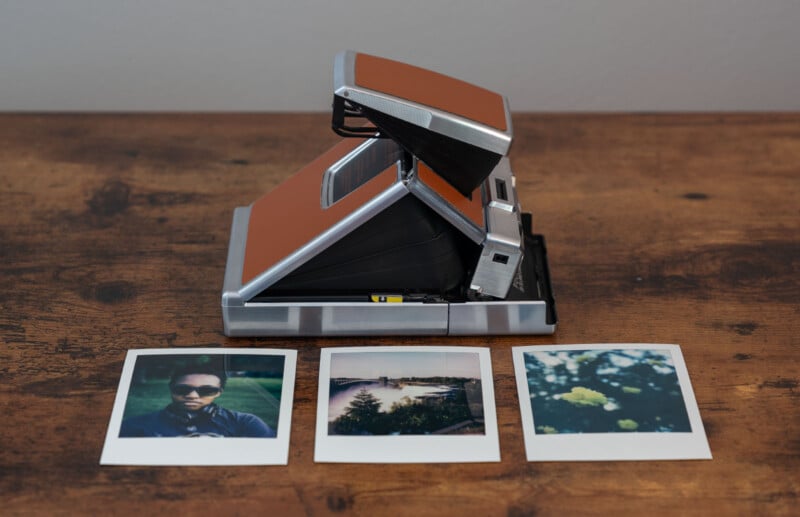
Although I will never know precisely where this camera came from, who used it, and what photos they took with it, I still feel like I’m holding a thread to the past. Someone used this camera to capture the moments that mattered to them, and now I can too.
Disclosure: Retrospekt offered me a refurbished SX-70 camera to use indefinitely, along with two packs of Polaroid 600 film. The company did not send the camera in exchange for any item cover, nor did Retrospekt have any editorial input.
Image credits: Behind-the-scenes photos courtesy of Retrospekt. All other images of me.